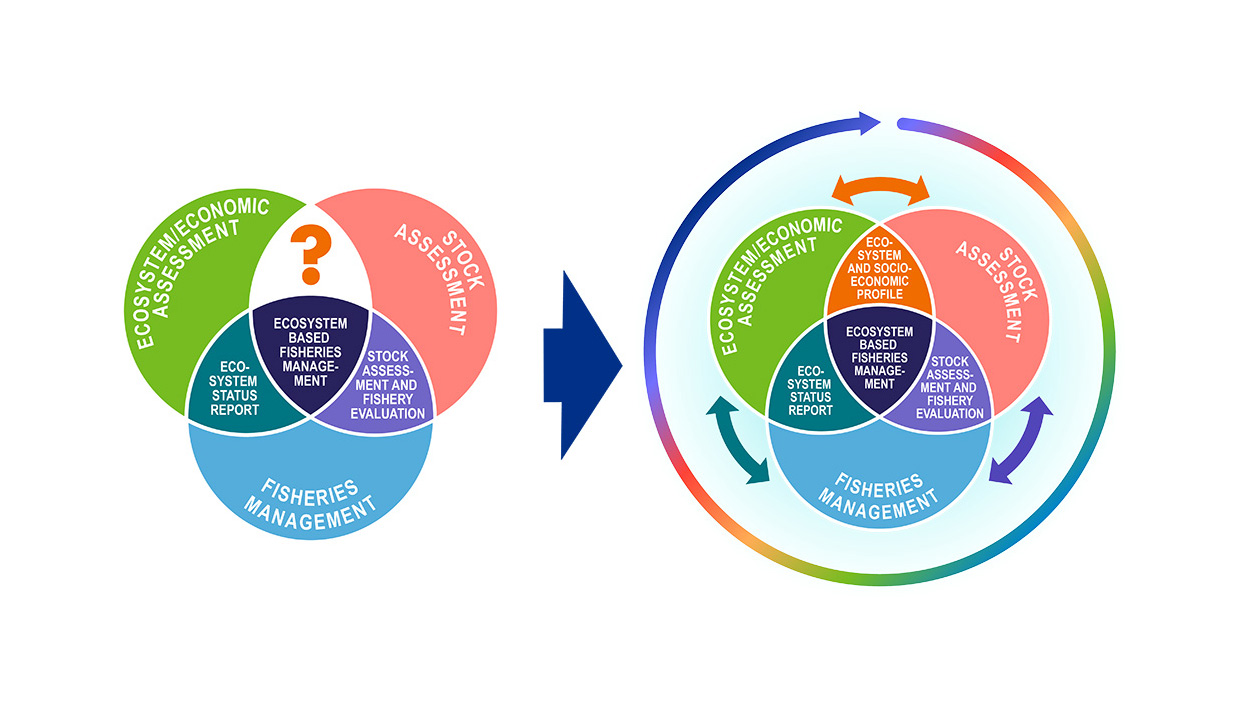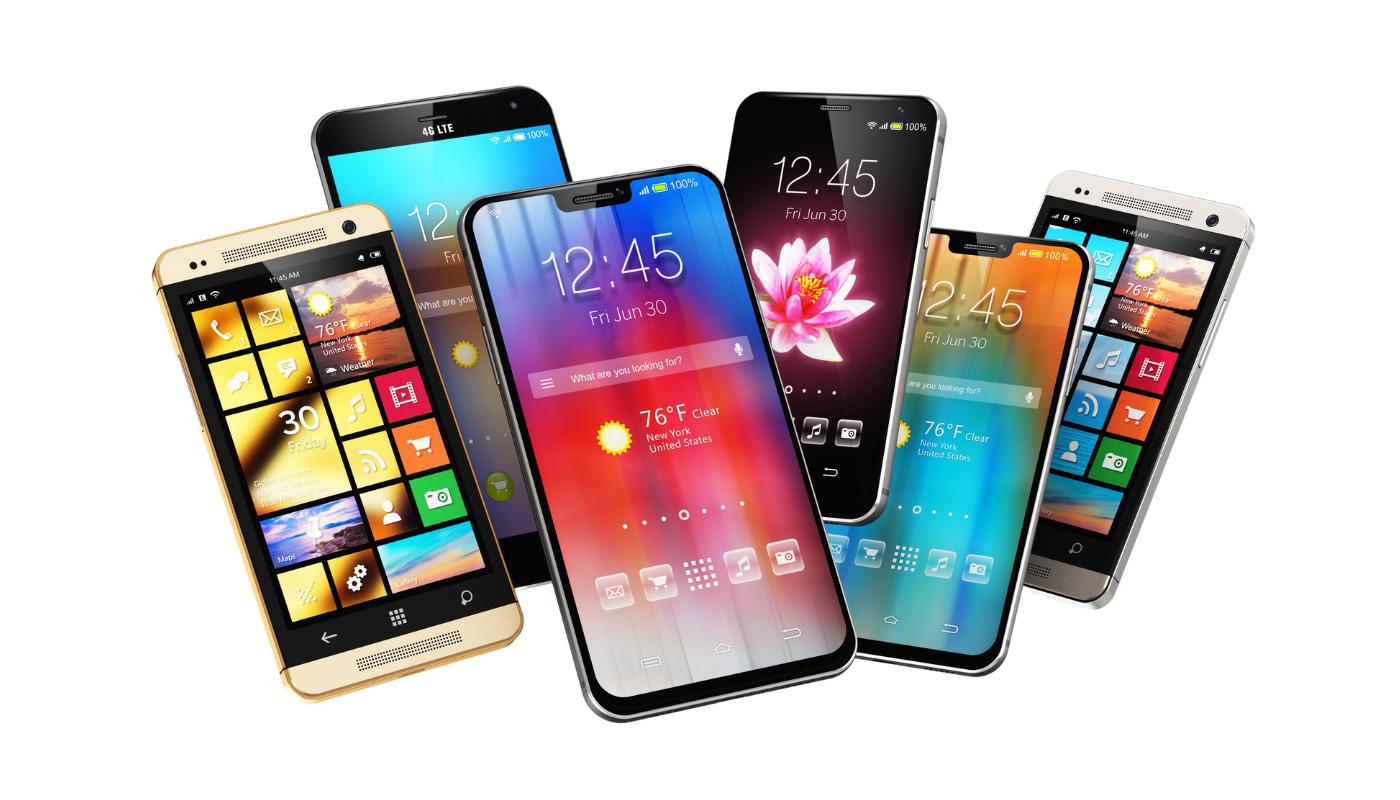Cell phone use among youngsters in Switzerland is at an untouched high. As these gadgets become essential to day to day existence, worries about cell phone dependence are rising.

This enslavement can prompt extreme mental, physical, and social results. Grasping the examples, causes, and effects of cell phone compulsion is vital for creating successful intercession procedures.
This article investigates the predominance of cell phone enslavement among Swiss youth, its belongings, and likely answers for moderating its adverse consequences.
Socioeconomics and Examples of Purpose
Cell phone use among youngsters in Switzerland changes essentially across various age gatherings and socioeconomics. This part dives into the points of interest of who is utilizing cell phones, how frequently they use them, and what they are involving them for.

Age Gatherings and Recurrence of Cell Phone Use
In Switzerland, cell phone proprietorship is almost pervasive among teens and youthful grown-ups. Studies show that more than 90% of people matured 12 to 24 own a cell phone. Inside this age range, utilization designs contrast:
12-15 Years of age: More youthful youngsters normally use cell phones for diversion, like messing around, watching recordings, and utilizing online entertainment stages. They will quite often burn through 2-4 hours day to day on their gadgets.
16-19 Years of age: More established adolescents use cell phones broadly for social connections, including informing applications like WhatsApp and web-based entertainment stages like Integra and Tick tock. Day-to-day use frequently surpasses 4 hours.
20-24 Years of age: Youthful grown-ups use cell phones for mingling and diversion as well as for instructive purposes and business-related errands. Their use can go from 3 to 6 hours out of every day.
Sorts of Exercises and Applications Utilized Most Often
The kinds of exercises youngsters take part in on their cell phones are different and can be extensively ordered into correspondence, amusement, and data looking for ways of behaving.
Correspondence: Informing applications (WhatsApp, Wire) and virtual entertainment stages (Integra, Snaptalk) overwhelm this class. Youngsters utilize these applications to remain associated with loved ones, share refreshes, and partake in bunch talks.
Diversion: Web-based features (YouTube, Netflix), gaming applications (Fortnight, Among Us), and music applications (Inconsistently, Apple Music) are incredibly famous. These stages offer a steady stream of diversion choices, which can prompt delayed screen time.
Data Chasing: Web crawlers (Google), instructive applications (Pair dialect, Courser), and news applications (BBC News, Swiss data) are oftentimes utilized for learning and remaining informed. This utilization is especially predominant among college understudies and those planning for tests.
Distinctions in sexual orientation in Cell phone Use
There are remarkable contrasts in how young fellows and ladies use cell phones:
Young ladies: Will quite often utilizes web-based entertainment all the more habitually, captivating in stages like Integra, Snap visit, and TikTok. They likewise partake in web-based networks and follow powerhouses.
Young fellows: Bound to take part in portable gaming and use applications connected with sports and innovation. They likewise invest more energy on YouTube watching content connected with their inclinations.
Financial Effects on Utilization Examples
Financial status altogether impacts cell phone use designs. Youngsters from higher financial foundations are bound to have the most recent cell phones and admittance to the rapid web, which improves their capacity to utilize a more extensive scope of applications and administrations. Alternately, those from lower financial foundations might depend more on essential functionalities and free applications because of cost imperatives.
Local Varieties in Cell Phone Use
In Switzerland, provincial varieties likewise assume a part. For instance, youngsters in metropolitan regions, for example, Zurich and Geneva ordinarily have higher utilization rates because of better web frameworks and more prominent openness to computerized advances. Conversely, those in provincial regions might have restricted admittance to the rapid web, influencing their use designs.

By understanding these socioeconomics and utilization designs, we can all the more likely value the elements adding to cell phone compulsion among youngsters in Switzerland and designer mediation systems likewise.
Mental and Social Elements
Cell phone dependence among youngsters in Switzerland is impacted by a heap of mental and social elements. These components drive the unreasonable utilization of cell phones as well as fuel the gamble of fixation. This part investigates these variables exhaustively, featuring how they add to the unavoidable issue of cell phone habits.
Effect of Web-based Entertainment and Online Associations
Web-based entertainment stages like Integra, TikTok, and Snap Visit assume a focal part in the existence of youngsters. These stages are intended to be connecting with and reward regular collaboration, which can prompt enthusiastic use.
FOMO (Anxiety toward Passing up a major opportunity): Numerous youngsters feel a steady need to remain refreshed with what their companions are doing, driven by the feeling of dread toward passing up significant get-togethers or patterns. This uneasiness prompts incessant checking and delayed utilization of web-based entertainment.
Approval and Confidence: Web-based entertainment gives a stage to youngsters to look for approval through preferences, remarks, and offers. This outside approval can altogether influence their confidence and self-esteem, making them more dependent on these stages for uplifting feedback.
Peer Strain: The craving to find a place with companions can drive youngsters to participate in comparative web-based ways of behaving, including extreme cell phone use. Seeing companions much of the time online can make a social assumption to be continually accessible and responsive.
Mental Inspirations for Cell Phone Use
A few mental elements inspire youngsters to utilize their cell phones widely:
Idealism: Cell phones offer a simple departure from genuine issues and stress. Youngsters might go to their gadgets to abstain from managing troublesome feelings or circumstances, prompting a pattern of evasion and expanded screen time.
Fatigue: The comfort and assortment of content accessible on cell phones make them a go-to answer for reducing weariness. Games, recordings, and online entertainment can rapidly fill inactive minutes, making it a constant reaction to any margin time.
Moment Satisfaction: Cell phones give prompt compensations through warnings, messages, and new satisfaction, building up the way of behaving by checking and utilizing the gadget much of the time. Right now satisfaction can be habit-forming, as the mind begins to want these fast rewards.
Social Elements and Cell Phone Use
The social climate of youngsters altogether impacts their cell phone utilization designs:
Family Climate: Parental perspectives and ways of behaving towards cell phones can shape how youngsters utilize their gadgets. In families where guardians regularly use cell phones, kids are bound to imitate this way of behaving. On the other hand, families that put down clear stopping points and model sound utilization can assist with moderating unreasonable use.
School Climate: Schools that coordinate innovation into the educational program can unintentionally energize more screen time. While instructive applications and online assets are gainful, they can likewise prompt over-dependence on advanced gadgets. Also, peer associations at school frequently stretch out to web-based entertainment, expanding by and large utilization.
Fellowship and Informal organizations: The interpersonal organizations of youngsters frequently rotate around advanced correspondence. Bunch talks, internet gaming, and web-based entertainment communications are essential methods for keeping up with kinships. This advanced socialization can prompt expanded cell phone use, as youngsters endeavor to remain associated with their companions.
Mental Impacts of Abuse
The unreasonable utilization of cell phones can have a few unfriendly mental impacts, further digging into the pattern of compulsion:
Nervousness and Melancholy: Elevated degrees of cell phone use, especially web-based entertainment, have been connected to expanded tension and despondency. The steady correlation with others and the strain to keep a specific web-based picture can overpower.
Rest Aggravations: The blue light produced by cell phone screens can upset rest designs, prompting low-quality rest. Late-night utilization of cell phones, particularly for web-based entertainment and gaming, is normal among youngsters and can bring about a critical lack of sleep.
Consideration and Fixation Issues: Steady warnings and the propensity for performing multiple tasks on cell phones can debilitate capacities to focus and focus. Youngsters might find it hard to zero in on errands that require supported consideration, like research or perusing.
The Job of Computerized Culture
Computerized culture assumes an urgent part in molding the cell phone propensities for youngsters:
Patterns and Powerhouses: Well-known patterns and virtual entertainment forces to be reckoned with essentially influence the web-based ways of behaving of youngsters. Pursuing directions and powerhouses can prompt expanded time spent on cell phones, as youngsters attempt to copy their web-based symbols.
Computerized People group: Online people group give a feeling of having a place and personality, especially for the people who might feel secluded in their disconnected lives. Cooperation in these networks can drive broad cell phone use, as youngsters look for association and backing.
By understanding these mental and social elements, we gain bits of knowledge about the basic reasons for cell phone habits among youngsters in Switzerland. This information is essential for creating designated mediations and emotionally supportive networks to address and alleviate the dependence.
Conclusion
Cell phone enslavement among youngsters in Switzerland is a diverse issue impacted by different mental and social variables. Figuring out the socioeconomics and examples of purpose, alongside the particular side effects and standards of fixation, is fundamental for successfully tending to this worry.
The effect of web-based entertainment, the drive for moment satisfaction, and the inescapable advanced culture all add to unnecessary cell phone use, prompting critical mental, physical, and social results. Separating between high utilization and genuine habit considers more exact ID and mediation. By utilizing indicative apparatuses and helpful methodologies, we can relieve the adverse consequences of cell phone enslavement and advance better use designs.
This exhaustive figuring out makes way for creating compelling counteraction and intercession systems, eventually cultivating a more offset and sound connection with innovation among Swiss youth.

У нас можно купить стильные товары от известного бренда Gucci. Коллекция включает одежду, , для самых изысканных покупателей.
https://boutique.gucci1.ru